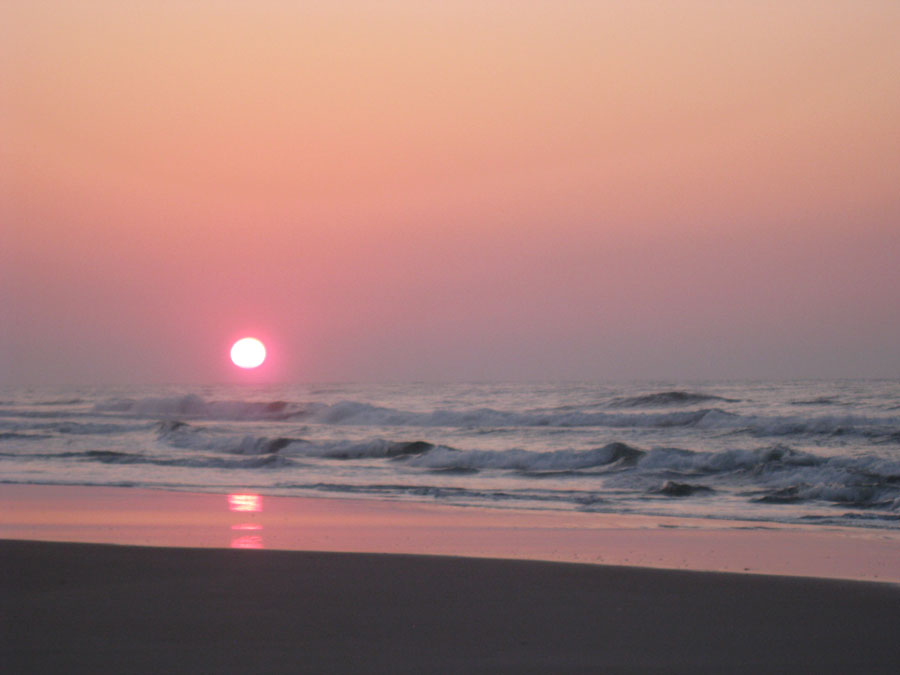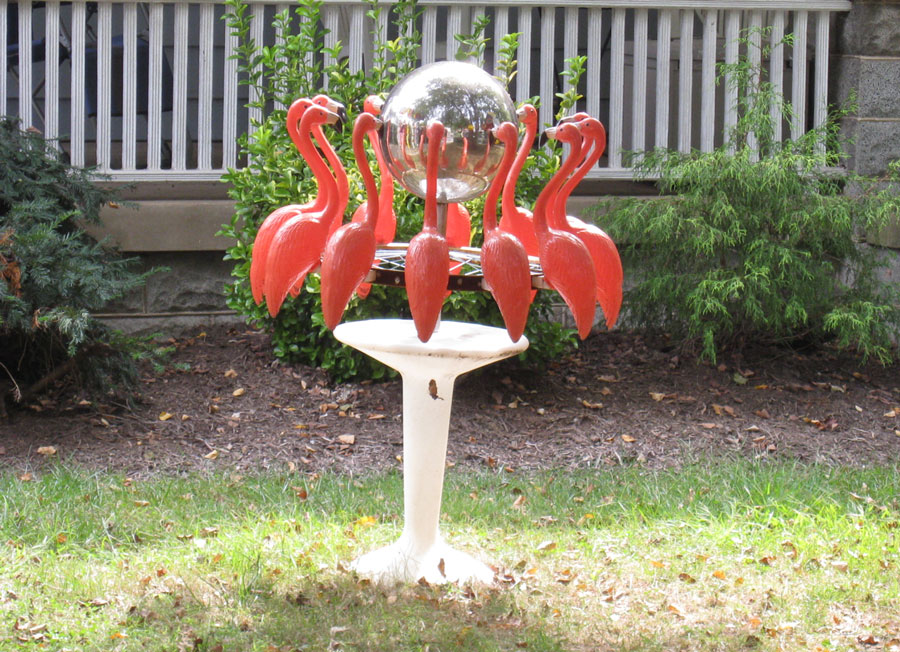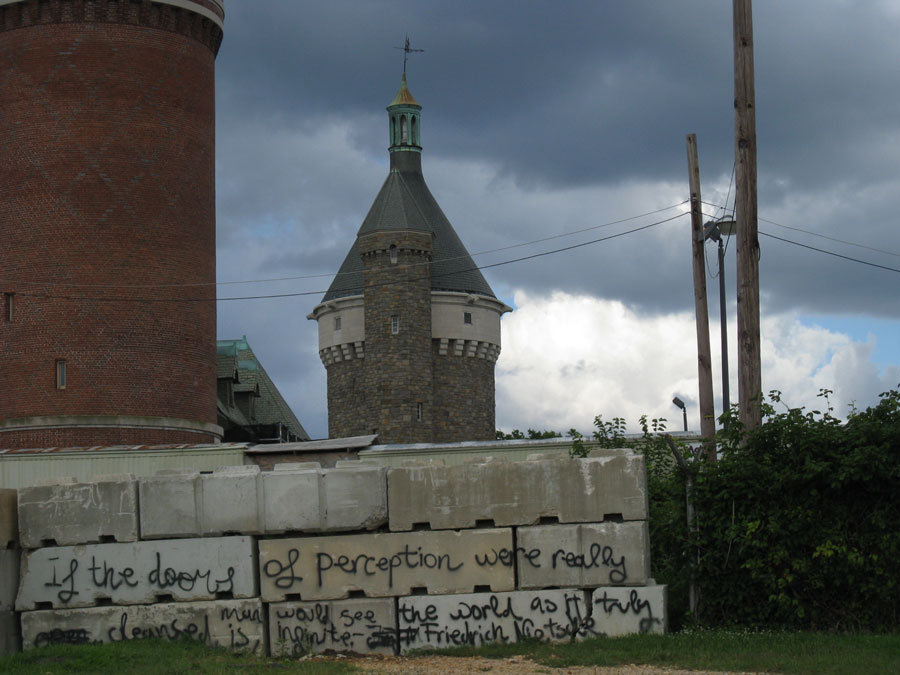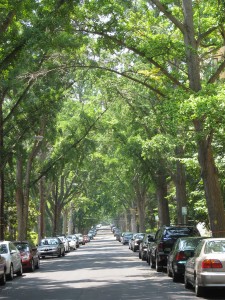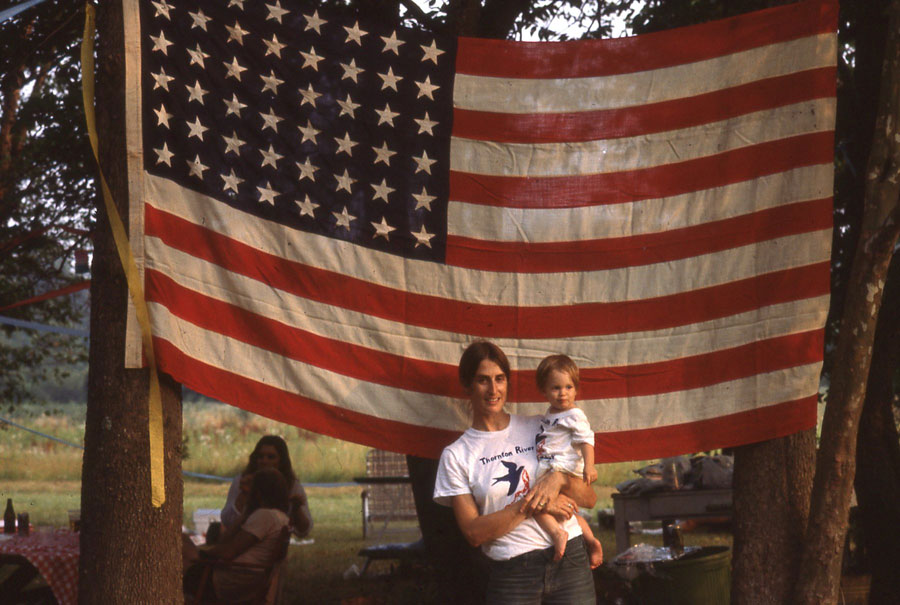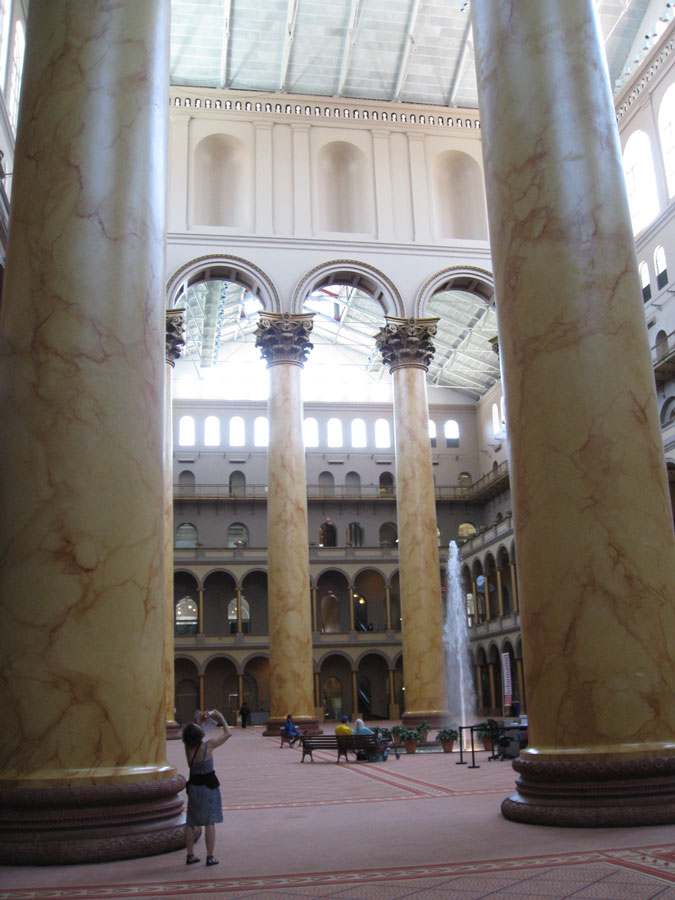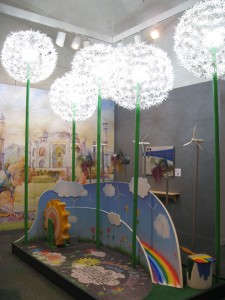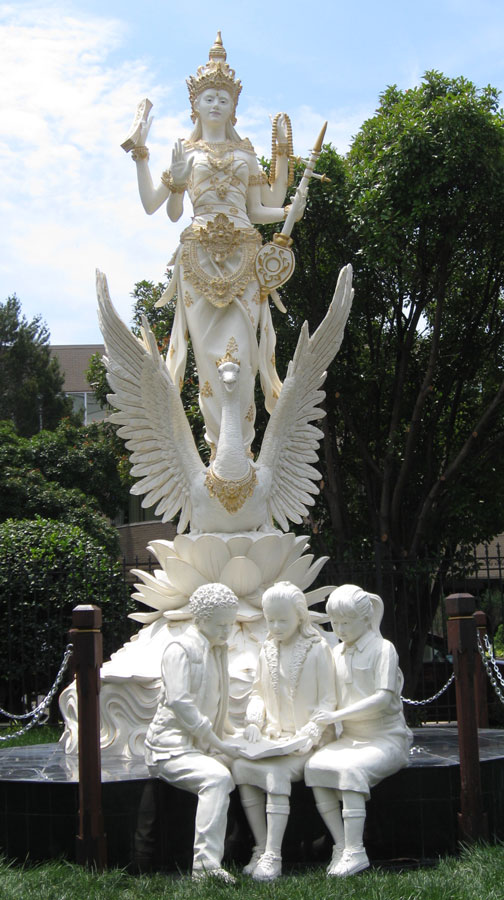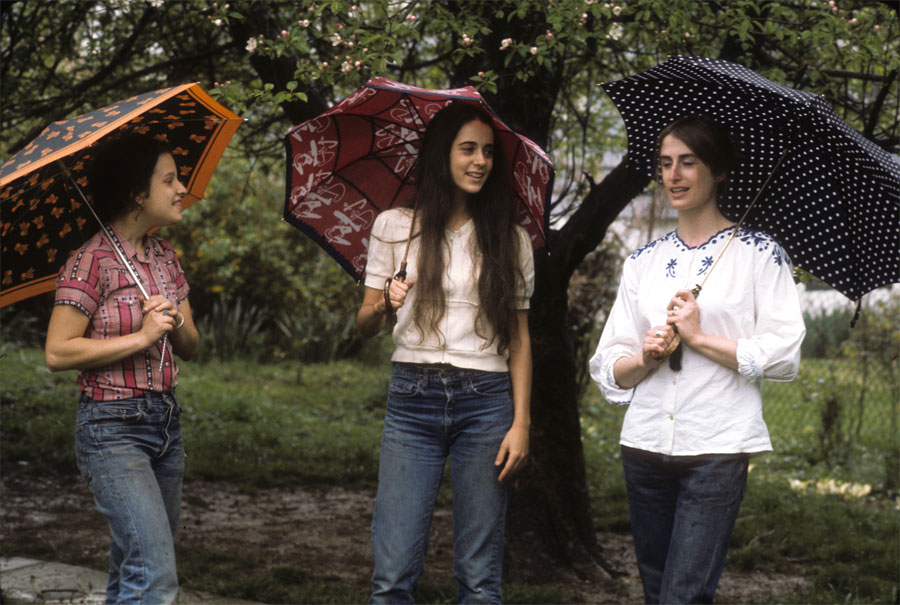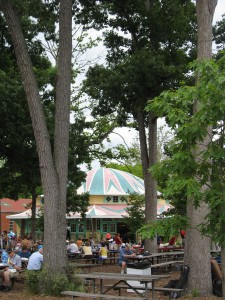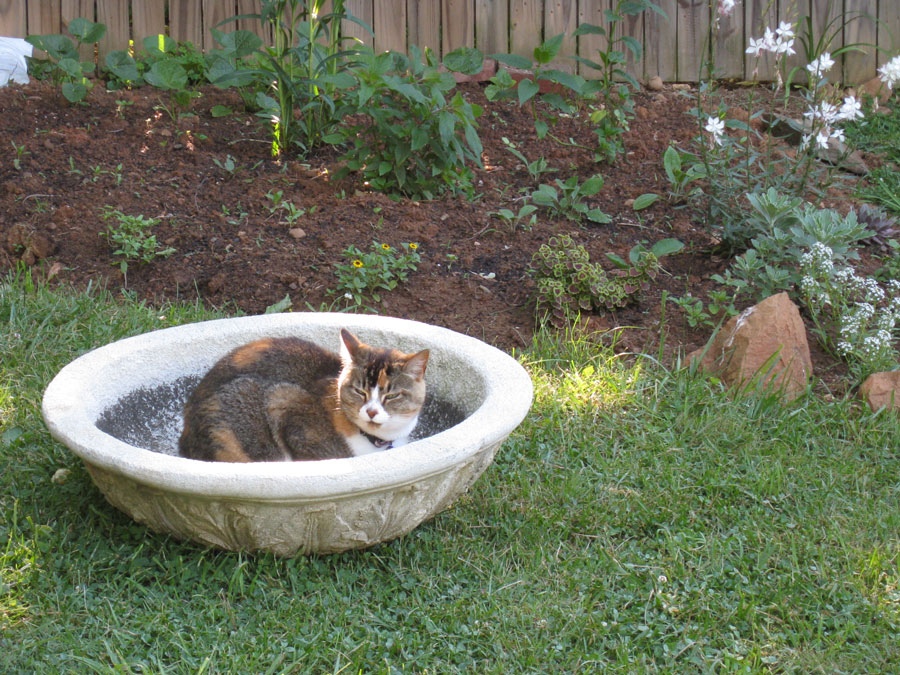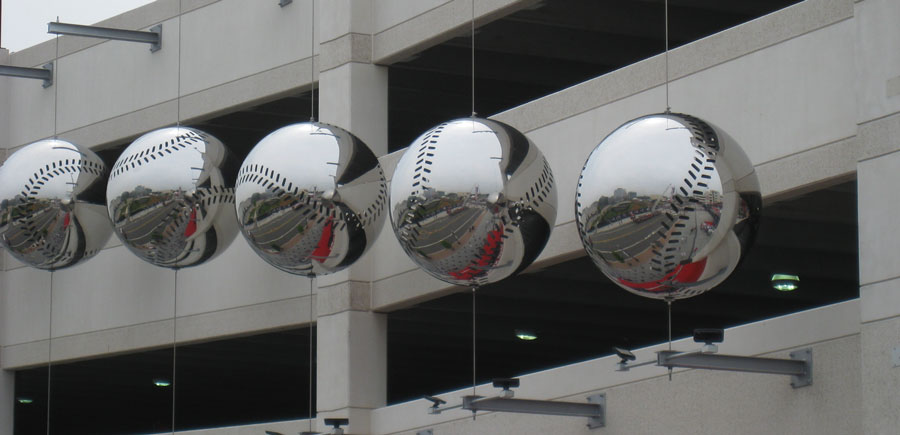
I watched Trouble With the Curve over the weekend. The Nats were having a night off, but at this point in the season my mind is so tuned to the rhythm of baseball that I fill in the off-nights with something game-related. Thus the recent Clint Eastwood film came to the plate.
And I enjoyed it. It’s always nice to watch a story where things work out the way you want them. Where players don’t get left on base inning after inning. Where closers close. Where fluke bobbles and bad hops don’t turn what should have been a close game into a rout. But such is real baseball. Sometimes it’s painful to watch.
The love-suffer paradox of baseball is something every fan understands. Everyone loves to watch their team win. Only the true believers can stand to watch when the wheels fall off and the wagon hurtles towards the collision.
Such has been the story for much of the Nats season this year, a year that started out with understandably inflated hopes and perhaps more than the usual illusions of grandeur. After winning a National League East title last season, this year the Natitude was writ in bold print, with all the drama of prize fight hoopla. Yet now, with more than two-thirds of the season behind them, and the humbling list of injuries and missed opportunities still growing, the team is struggling to climb back to .500. A wild card would have to be pretty wild for them to qualify for the kind of thrilling post-season they gave us last year.
Last week, after a drubbing from the Mets, Bryce Harper delivered a public plea to his team to pull themselves together and play with “heart.” At 20 years of age, Harper is still so young. I wonder if he ever saw “Damn Yankees,” the classic musical in which a fan makes a Faustian deal with the devil in order to secure a winning season for his team, which, as it happens, was the Washington Senators. The song “Heart,” sung by the entire team to the young phenom Joe Brody, claims that talent and smarts are fine as far as they go, but without heart, no team can go all the way.
I would have loved to hear Bryce break into song. But that would have been a clown move. Not his style.
But I applaud him for trying to remind his team, including the managers and handlers, that all the talent in the world can only take a team so far. Luck and heart—or call it crazy determination if you like—is essential to get through the grueling 160-game season, the ups and downs, the curves and swerves.
Eastwood’s baseball movie has a simple, satisfying conclusion, but the plot also touches on serious issues such as aging, gender discrimination, ethnic prejudices and bias. It’s an old fashioned movie about values. It doesn’t rely on an overly dramatic sound track or special effects (though Amy Adams’ hair could qualify as a special effect—it has enough curve, curl and movement to confuse any hitter.)
But the point of the movie goes beyond baseball. Like a good pitch, life comes at you pretty fast, and your at-bat can be over in a blink. So it’s important to make the most of every moment. And to watch out for the curves, because soon enough we’re all headed round the bend. Enjoy the game while you can.
I think that’s what Bryce was trying to say.
